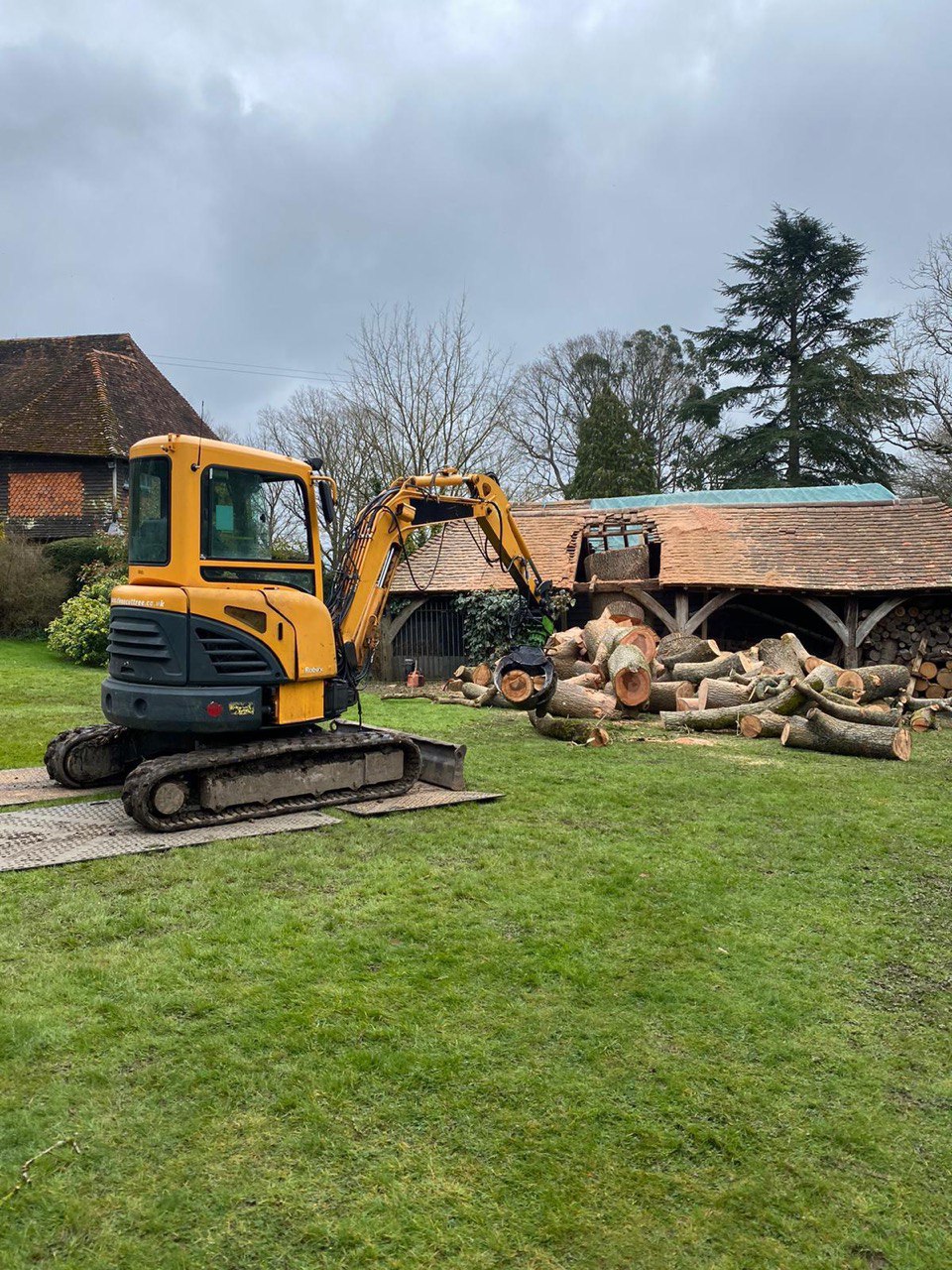
Introduction: In the hustle and bustle of urban life, amidst towering skyscrapers and bustling streets, lies an emerging oasis of greenery – urban agriculture. As cities increasingly embrace sustainable living practices, the concept of urban agriculture has taken root, offering a plethora of benefits ranging from improved food security to environmental conservation. However, in the midst of this movement, one often overlooked ally stands tall – trees. Harnessing the potential of trees through thoughtful reshaping can significantly enhance the sustainability and productivity of urban agriculture initiatives. Here at The Tree Surgeon Harrogate, we’re delving into the synergy between tree reshaping and sustainable urban agriculture.
- Enhancing Sunlight Penetration:
In the dense urban landscape, access to sunlight is often limited, posing a challenge for urban agriculture endeavours. However, strategic reshaping of trees can optimise sunlight penetration to garden beds below. Through careful pruning and shaping techniques, such as crown thinning or elevation pruning, we can ensure that sunlight reaches the lower levels of the canopy, promoting healthy plant growth and maximising crop yield.
- Improving Air Circulation:
Effective air circulation is essential for preventing pest infestations and fungal diseases in urban agricultural plots. Trees with dense canopies can impede airflow, creating stagnant conditions conducive to plant pathogens. By selectively pruning branches to improve canopy structure and allow for better air movement, tree reshaping can mitigate these risks, fostering a healthier growing environment for crops.
- Managing Water Resources:
Water conservation is a critical aspect of sustainable agriculture, particularly in urban settings where water availability may be limited. Trees with sprawling root systems can compete with crops for water resources, leading to inefficient irrigation practices and water wastage. Through targeted root pruning and root barrier installation, tree reshaping can help delineate water zones, optimising water use efficiency, and minimising competition between trees and crops.
- Promoting Biodiversity:
Trees serve as vital habitats for a diverse array of flora and fauna, contributing to urban biodiversity conservation efforts. By reshaping trees to accommodate nesting sites for birds and shelter for beneficial insects, we can create a harmonious ecosystem within urban agricultural spaces. Incorporating native tree species and preserving existing biodiversity hotspots further enriches the ecological value of these green spaces.
- Carbon Sequestration and Climate Resilience:
Urban trees play a crucial role in mitigating the effects of climate change by sequestering carbon dioxide and reducing urban heat island effects. By maintaining healthy trees through regular reshaping and care, we not only enhance their carbon sequestration capacity but also bolster the resilience of urban agriculture systems to climate variability.
Conclusion: In the quest for sustainable urban living, the integration of tree reshaping techniques into urban agriculture practices emerges as a powerful strategy for enhancing productivity, resilience, and ecological harmony. By harnessing the potential of tree reshaping, we pave the way towards a greener, healthier future where agriculture and nature thrive hand in hand. Join us in cultivating urban greens and nurturing our cities towards a more sustainable tomorrow.
Call us on: 01423 227 399
Click here to find out more about The Tree Surgeon Harrogate
Click here to complete our contact form and see how we can help with your tree’s needs.